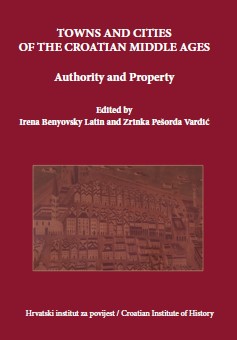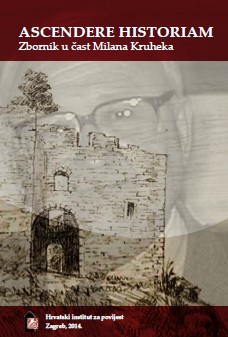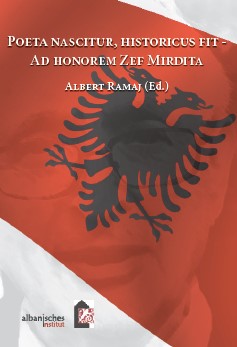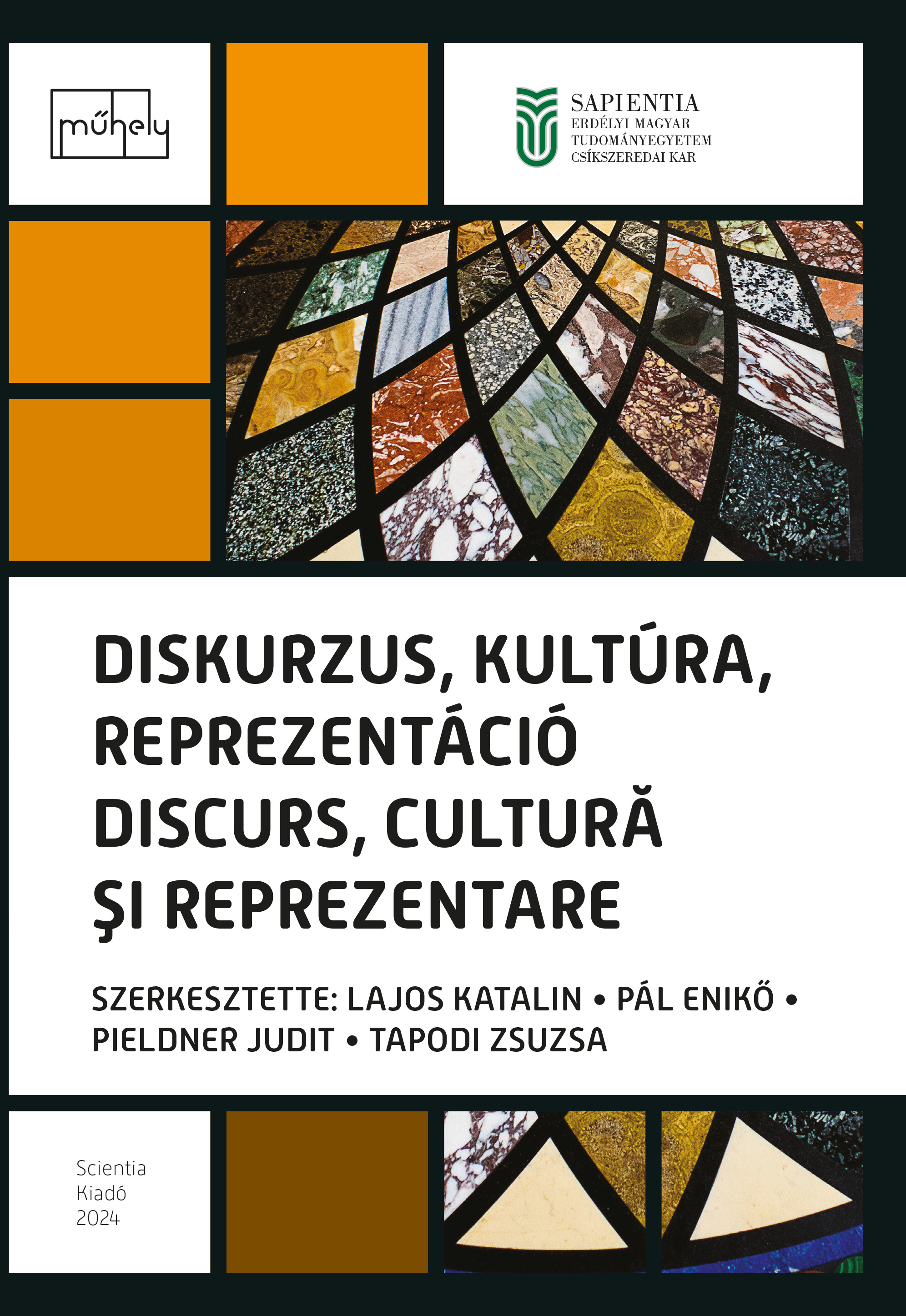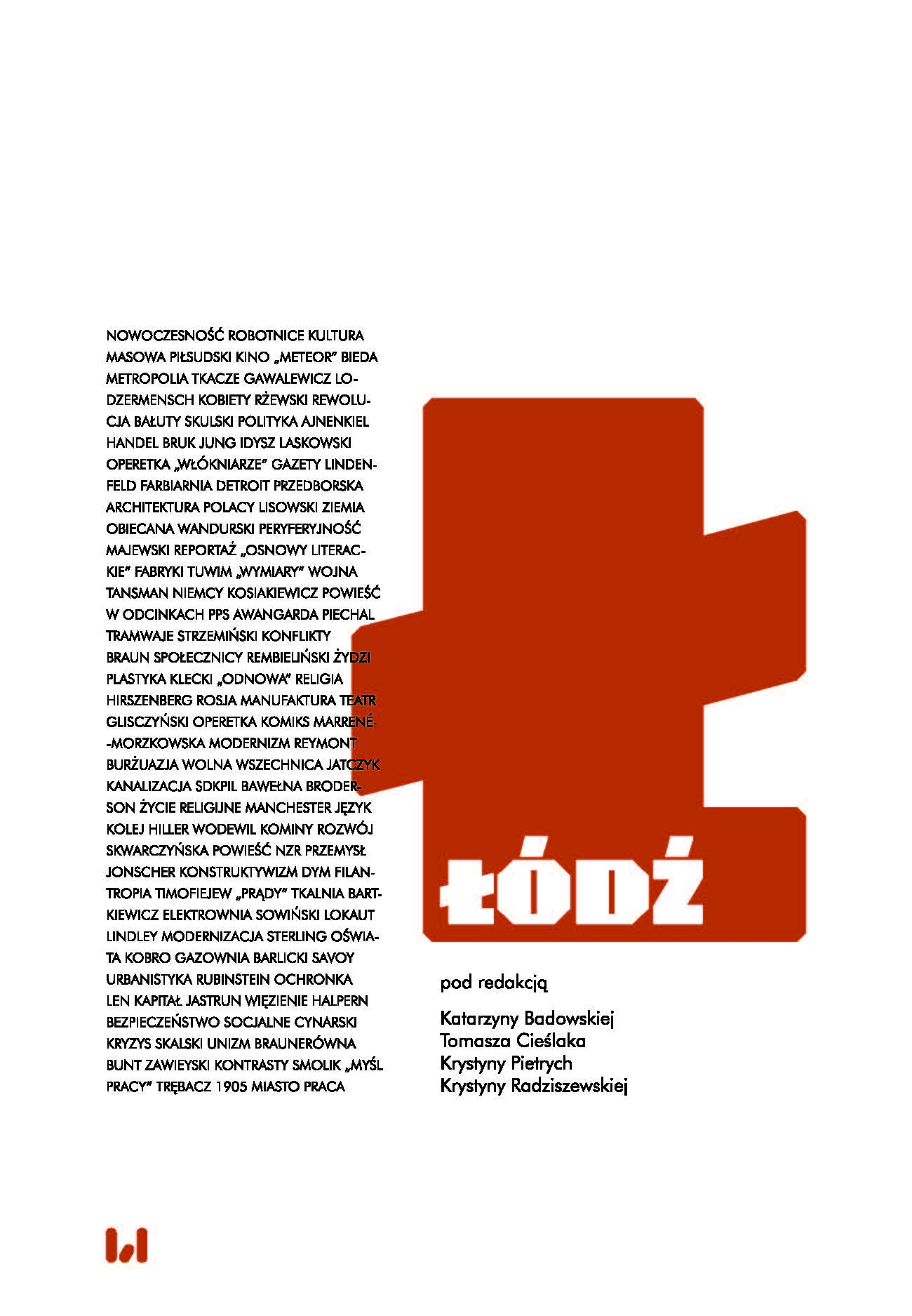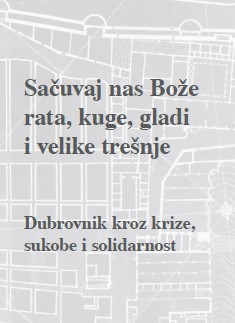
Liječnici i odnos države prema liječničkoj službi u Dubrovniku u 18. stoljeću
Medical services (physicians and surgeons) and the organization of public health care in Dubrovnik can be traced throughout extant sources already available from 1280 onwards. Dubrovnik authorities had tried to employ at least one physician and one surgeon at the time. Moreover, from the fifteenth century on, Dubrovnik usually employed two of both professions, and later even more than two, especially during epidemics. Up to the fifteenth century these physicians usually were of Italian origin, and later many of them originated from Dubrovnik or surrounding lands, and it was not uncommon that Dubrovnik authorities had financed their education. Up until then, the process of hiring physicians was not thoroughly investigated in our historiography, and similarly we do not know much about the length of their services, their income, reputation, or the level of their integration in the local community (if they were of foreign origin). Therefore, one of the goals of this paper is to investigate the contracts these physicians signed with the Dubrovnik authorities, to determine how the Dubrovnik authorities treated these physicians and surgeons, and whether there was any difference in the attitude regarding their place of origin. Data extracted from the contracts was compared with the other information about the economic and social circumstances in Dubrovnik during the eighteenth century. Moreover, the authors determined the relation be-tween the income of the physicians and the list of their duties and prescribed medical services. By the same token, the authors claim that these physicians and their medical services established a kind of integrational factor between Dubrovnik and its hinterland, since local rulers of the Dubrovnik hinterland often asked for services from Dubrovnik physicians.
More...
